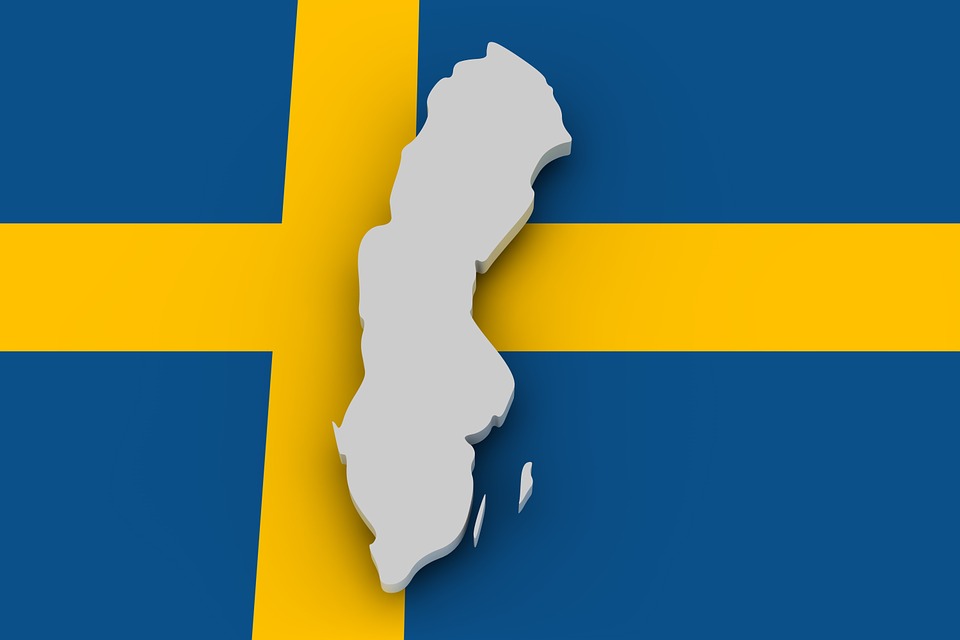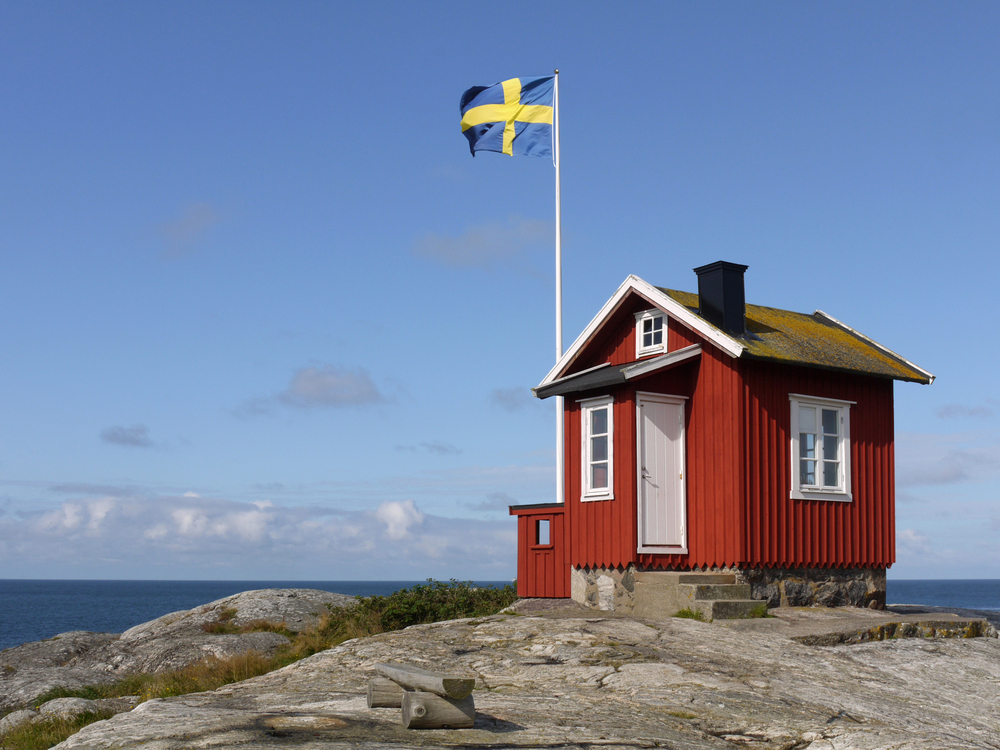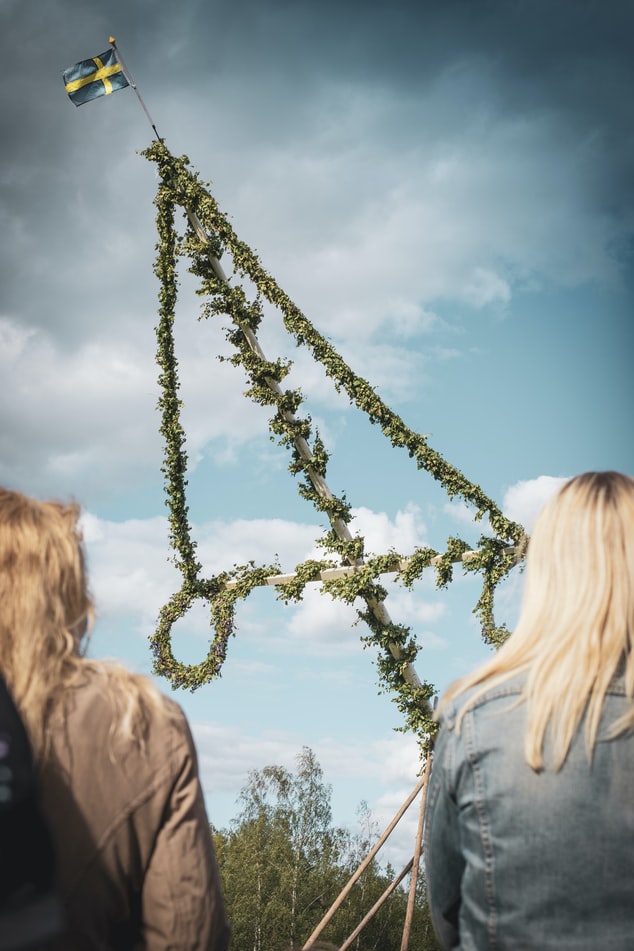As the largest Dalmatian town, we found out that Split offers its visitors a lot of things to do. We chose to stroll along Split’s seafront promenade, explore the old part, walk to the top of Marjan hill and just chill out at the beach.
EXPLORE THE OLD TOWN
Visiting the old town is one of the first things to do in Split. The Palace of Diocletian, ancient Roman palace built between 295 and 305 CE at Split (Spalato), Croatia, by the emperor Diocletian as his place of retirement (he renounced the imperial crown in 305 and then lived at Split until his death in 316). The palace constitutes the main part of a UNESCO World Heritage site that was designated in 1979. It is the largest and best-preserved example of Roman palatial architecture, representing a transitional style half Greek and half Byzantine.
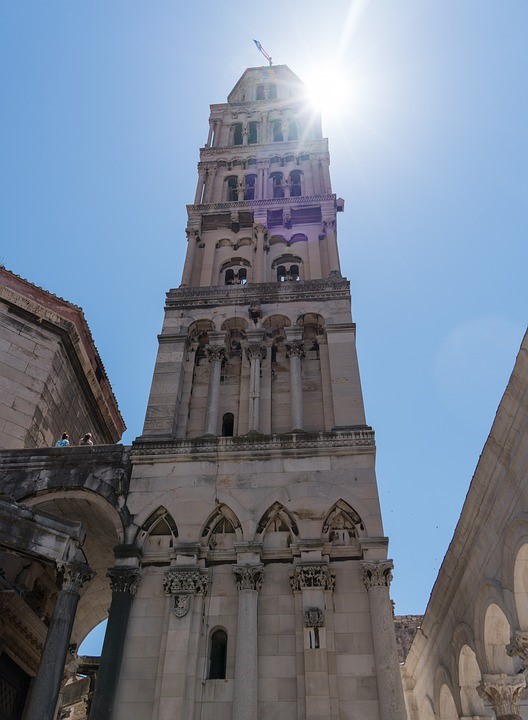
It was built as an imperial city-palace and a sea fortress, as well as a country house of vast proportions and magnificence, covering an area of 7 acres (3 hectares). The north-south walls extended 705 feet (215 metres), with walls measuring 7 feet (2 metres) thick and 72 feet (22 metres) high on the Adriatic side and 60 feet (18 metres) high on the north. There were 16 towers (of which 3 remain) and 4 gates: Porta Aurea (Golden Gate) in the north, Porta Argentea (Silver Gate) in the east, Porta Ferrea (Iron Gate) in the west, and Porta Aenea (Bronze Gate) in the south. The roughly rectangular ground plan was like that of a Roman military camp—i.e., with four arcaded avenues 36 feet (11 metres) wide meeting in the middle. Guards, slaves, and household servants were accommodated in the northern quadrants. The imperial apartments (state rooms) were in the two southern quadrants, along the width of which ran a 524-foot-long and 24-foot-wide arcaded grand gallery (probably for promenades and the display of art) that was open to scenic views of the sea and the Dalmatian coast. The Temple of Jupiter and the mausoleum of Diocletian were located in courts of the imperial section. The mausoleum was converted to a cathedral in 653 by the first bishop of Split; it is noteworthy for its fine frescoes, marble pulpit, and Romanesque carvings. The Temple of Jupiter was subsequently transformed into a baptistery, to which a beautiful Romanesque campanile was added in the 14th and 15th centuries.
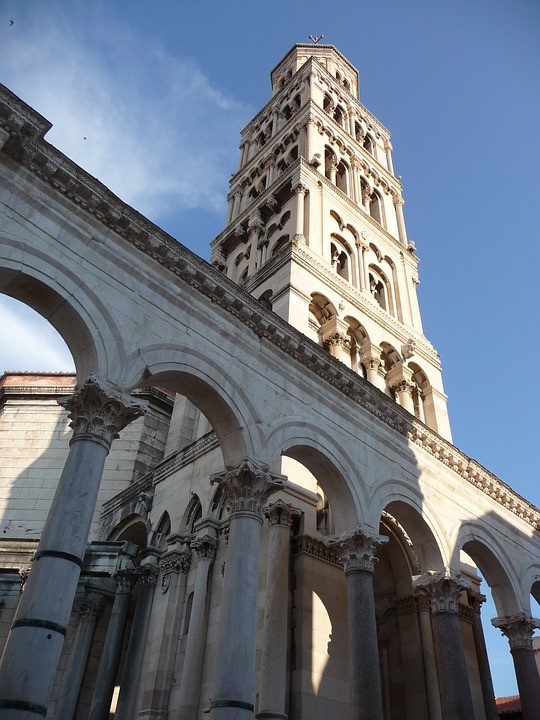
The Avars badly damaged the palace, but, when their incursion was over (c. 614), the inhabitants of the nearby ruined city of Solin (Salona; Diocletian’s birthplace) took refuge within what remained of the palace and built their homes, incorporating the old walls, columns, and ornamentation into their new structures (that area now comprise the nucleus of the “old town” of Split).
CONTEMPLATE 1700 YEARS OF HISTORY AT THE PERISTYLE
Peristyle represents the very heart of Split, and a place you’ll hardly miss even if you try to. As its name implies, it is a court turned town square surrounded by a row of columns. In Roman times, peristyle was right in the middle of the Diocletian’s Palace, at the crossings of two main streets: Decumanus and Cardo. It was a place that leas into Emperor’s Diocletian’s private quarters. In the middle ages, it became the religious center. The Jupiter Temple got a bell tower and was turned into a baptistery.
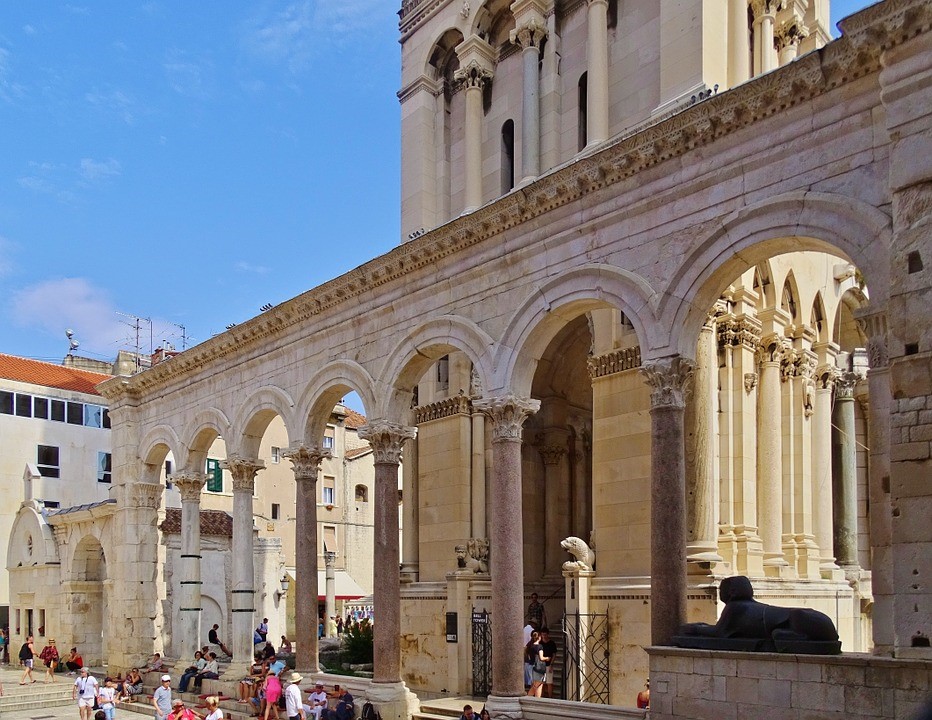
Peristyle buzzes with people, and it is an amazing place to witness the centuries embedded in the history of Split.
Today here you will find prothyron, vestibule, the entrance into the basements, the Cathedral, sphinx statues (not surprised that the bar at the Peristyle bears name Luxor!), medieval chapels, Renaissance and Gothic palaces.
I recommend you to go there in the evening and enjoy the live-concerts given by the street artists! 🙂
CLIMB THE BELL TOWER
If you want to experience the best panorama of Split, you ought to climb the Split bell tower.
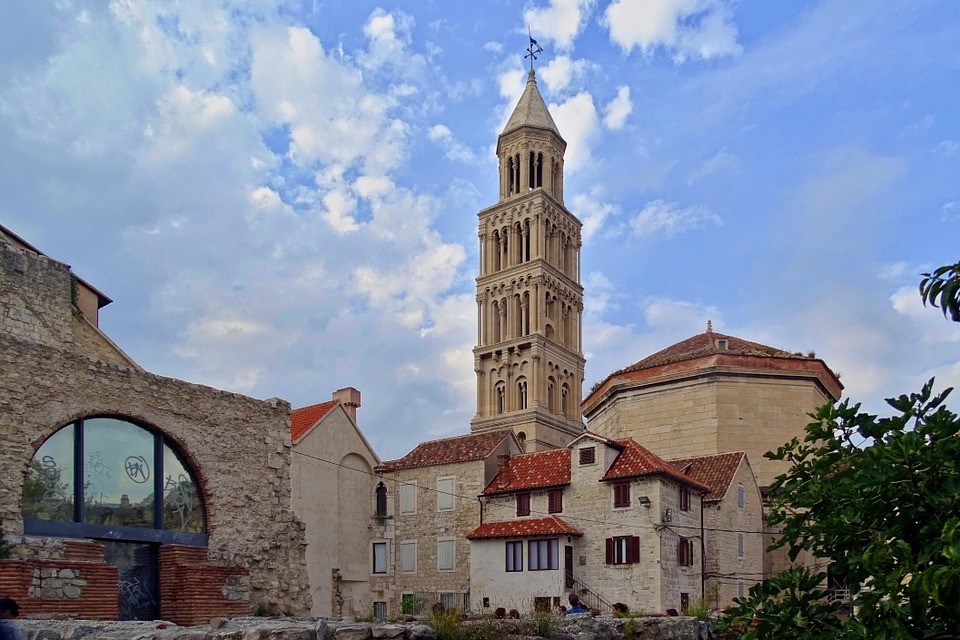
Built between the 13th and 16th centuries and later reconstructed in 1908, the tower is 59 m high, and it takes about 200 stairs to climb up. However, the view is absolutely worth it. The stairs are narrow at certain places. They start as steep stone stairs, just to quickly pass into suspended metal stairs.
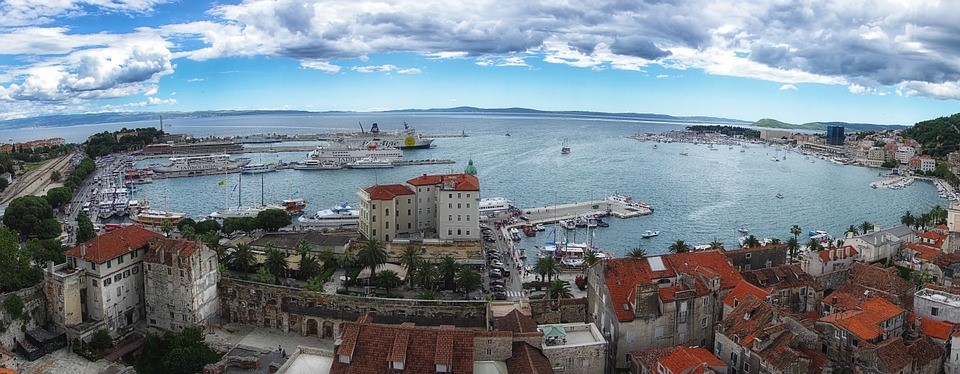
CHECK OUT THE WORLD’S OLDEST CATHEDRAL
Built in the 7th century on what originally was the emperor Diocletian’s mausoleum, Cathedral of St. Domnius is the oldest Cathedral in the world to be in continuous use and maintained in its original form. The Cathedral is small but very interesting, especially for all history lovers out there.
The exterior has an octagonal shape and it is encircled by 24 marble columns.
The main entrance door, made of walnut tree wood, showcases Christ’s life in 28 squares carved by Andrija Buvina back in the 13th century.
Domed interior features lots of gilded details, and wonderful carvings including the altar of St. Anastasius from 15th century carved by Juraj Dalmatinac, one of the most famous sculptors of its time.
The Cathedral is pretty small and thus the crowds of tourists feel even heavier than elsewhere. Come early in the morning to enjoy quiet time. The ticket costs 20 Kn for the Cathedral alone or 35 Kn with a visit to the Baptistry.
The majority of visitors visit the Cathedral on a self-guided tour. However, there aren’t too many explanations inside given to the visitors. If you like to know more about the Cathedral it is worth taking a guided tour.
PASS THROUGH ALL FOUR GATES OF THE TOWN
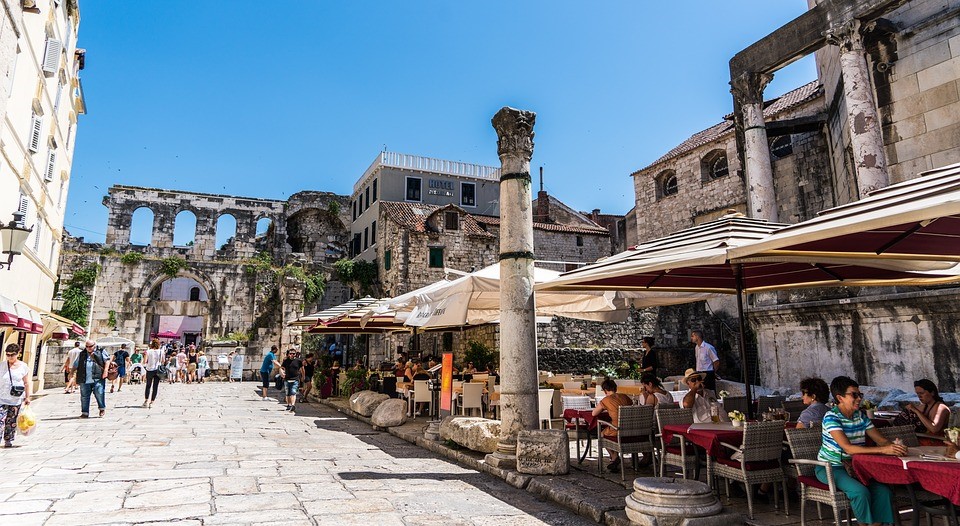
There are four town gates, each on one side of the palace: The Golden, Silver, Bronze, and Iron Gate.
The northern gate, better known as the Golden gate, is the main entrance to the town. It was built as the double entrance with space in-between the two measuring 9 m by 9 m. The invaders who would succeed to sneak in would be easily captured here with nowhere to hide. Try to ring the bell of the convent next door and if you are lucky the nuns might let you visit a tiny St. Martin’s chapel dating back to the 5th century.
Located on the eastern wall of the Palace, the Silver Gate is next to the Pazar, Split’s green market, and it leads directly to the Peristyle.
The smallest of all gates, the Bronze Gate connects Peristyle with the seafront and it passes through the palace’s basements.
Giving directly to the Pjaca Square, the Iron Gate is the most cluttered of all. And their today’s look is a witness of various historic events, architectural styles, and ruling powers present in Split throughout history. Above the gate, you’ll find the church built in the 6th century, first dedicated to St. Theodor, and later renamed into the Church of Our Lady of the Bell Tower.
VISIT THE TEMPLE OF JUPITER
After visiting the Split’s Cathedral, don’t miss to check out the baptistry. It was originally built in the 3rd century as a Roman temple dedicated to Jupiter, a king of Gods but was transformed into the Baptistery in the 6th century. Today the structure is almost intact. The carving on the barrel-vaulted ceiling features a relief with 64 different facial expressions. It’s interesting to gaze at all those faces showing different emotions.
The decorative door is also interesting, and so is the headless granite sphinx that Romans brought from Egypt. The early Christians destroyed sphinx head because for them it was a pagan symbol.
The entrance fee is 10 Kn, but you can also purchase a combo ticket for the Cathedral, the treasury, the crypt, and the baptistry.
VISIT THE CELLARS OF THE DIOCLETIAN’S PALACE
Cellars are a must-visit sight in Split, especially if you are into history and architecture. Throughout the centuries various buildings and architecture styles were integrated within the Roman palace. However, these massive cellars, being underground, stayed almost intact. Today, they help more than anything else to perceive the size of the palace.
RUB THE TOW OF THE GREGORY OF NIN STATUE
Just out of the Golden gate, you’ll find the Gregory of Nin (Grgur Ninski) statue, work of renowned Croatian sculptor Ivan Mestrovic. Rub Gregory’s tow for the plenitude of good luck.
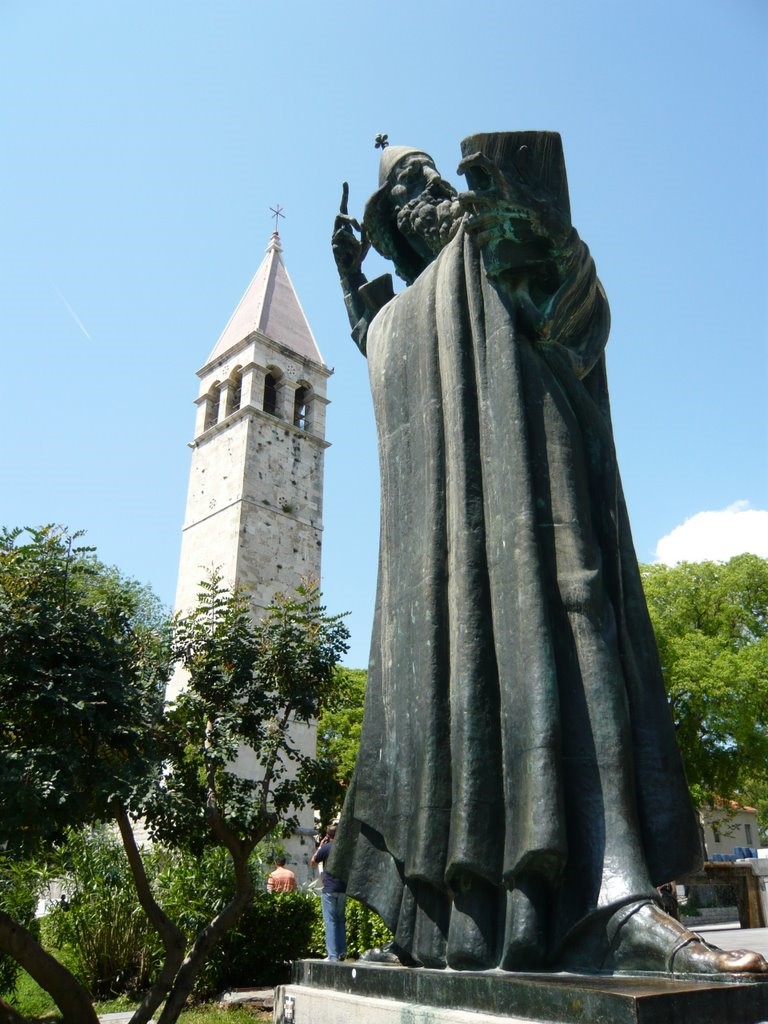
STROLL ALONG SPLIT SEAFRONT PROMENADE (RIVA)
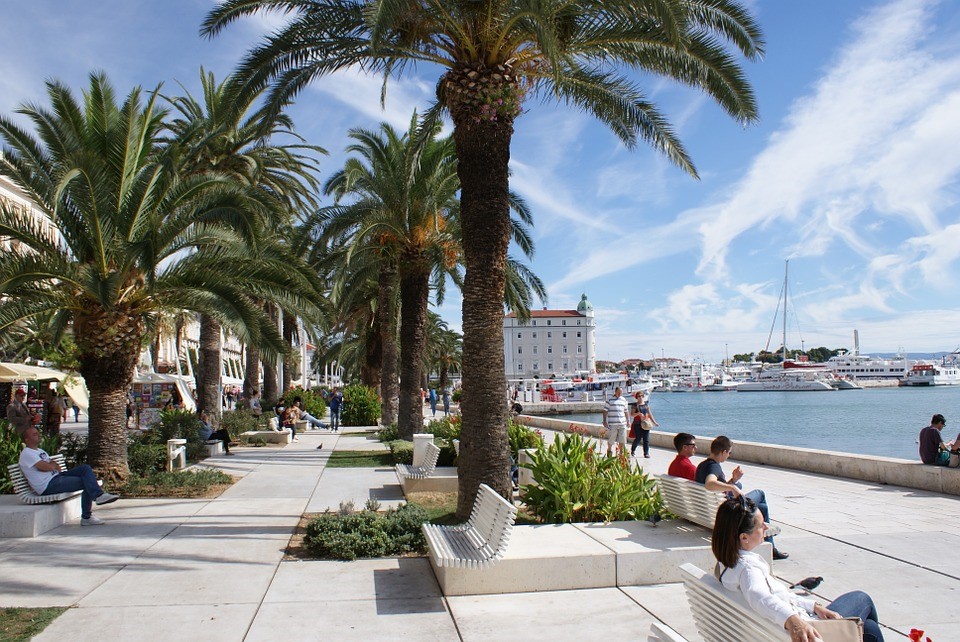
Split’s waterfront, Riva, is the heart of the town, and the pride of every person from Split.
I read that the people of Split demonstrated in 2007, after Riva’s renovation! So sensitive they are bout their waterfront! Riva’s new, shiny look enraged locals so much that they protested for months demanding the old patina to be brought back! I think today everybody would agree that the new look is simply great.
The seafront promenade is lined with cafes, bars, eateries, and souvenir shops. On the east side, there is a green market, and on the west side, there is a Republic square, the church of St. Francis, and a nice fountain.
VISIT MARJAN HILL
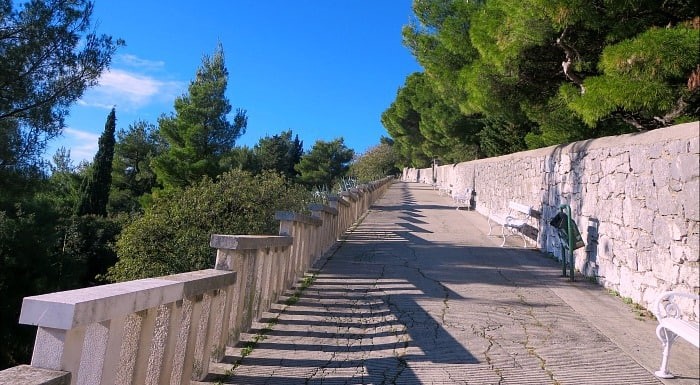
A 178 m high hill, set at the small peninsula, northwest of the old town, Marjan Hill is locals’ favorite recreational spot close to the city center.
The hill offers numerous footpaths and jogging trails, and it has always been a popular place for walking, jogging, rock-climbing, and mountain-biking (more about some of these activities below). There is a small train you can take from the statue of Grgur Ninski to the top of Marjan. We took this train and went directly up to Marjan, and I can say we where lucky to meet the train on our walking to the top, cause it was so hot and my daughter complained constantly and even refused to go further! So thank God for this little train, otherwise we would have never make it to the top!
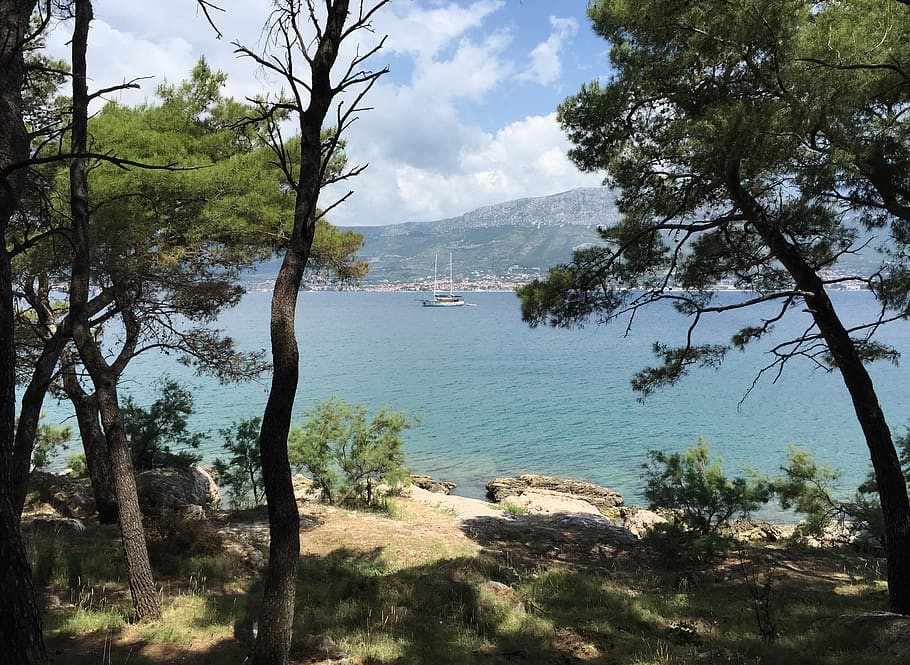
HIT THE BEACH
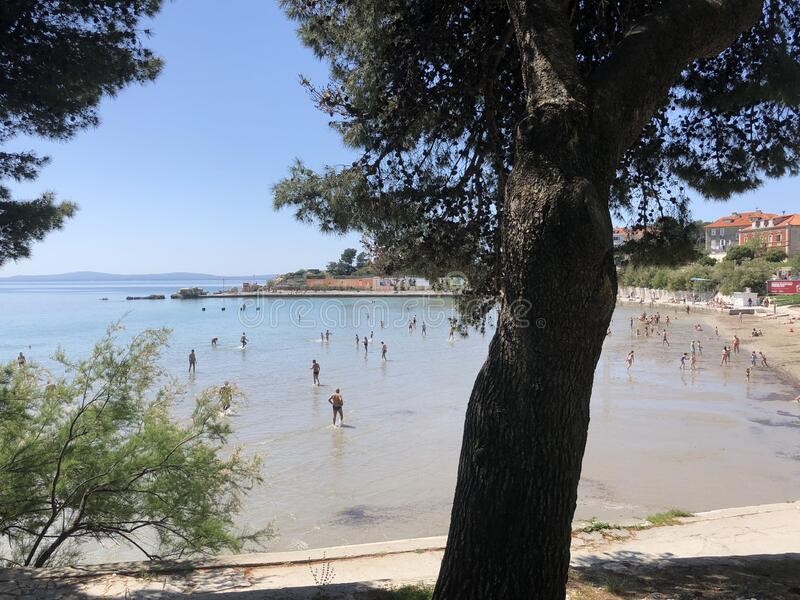
On the hot summer days, we took some downtime to chill out on one of the town’s popular beaches and we headed once to Bacvice beach. Bacvice is the most popular local beach, the only sandy beach in the town, and it’s closest to the old town. From Bacvice, further southeast, you may find other popular beaches like Ovcice, Firule, Trstenik, and Znjan.
At the foot of Marjan Hill, you may, as well, find various beaches, less crowded than beaches to the southeast of the old town. The most popular ones are Jezinac, Bene, and Kasjuni beach. Bene beach still has lots of trees and shadow and the water is clean. Kasjuni has been recently arranged, with a lounge bar offering sunbeds, and umbrellas to rent.
PLAY A GAME OF PICIGIN WITH LOCALS
On our first visit at the Basevice beach, we got a little amazed and wondered about the local ball game we saw so many people played. Then we found out that it is called picigin and that is a local ball game, super-popular all over Dalmatia, but particularly in Split, and even more precisely, at the Bacvice beach. This ball game is apparently older than soccer, and it’s been playing in Split since 1908.
The game is played with an old, stripped off a tennis ball, in shallow water. The idea is to have a ball in the air for as long as possible. There aren’t winners in picigin. Normally it’s played by five players, each standing 6 to 7 meters one from another. The main idea is to throw the ball to other payers in a way that makes them do attractive jumps and acrobatic moves. Players can only hit the ball with their palms.
Picigin is an integral part of Split identity, as we found out.
And if you visit Bacvice beach (any time of the year), you should see locals playing this fun game. So if you have a chance, join in with locals to try your luck at picigin! 🙂
BARGAIN AT THE GREEN MARKET
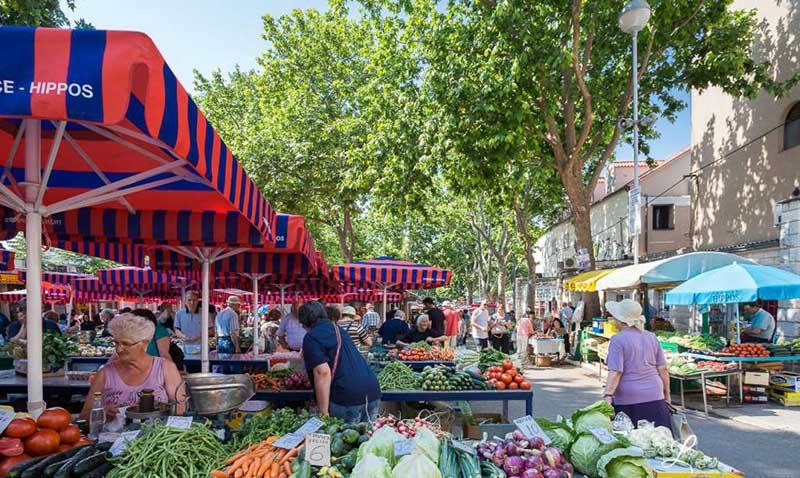
Split’s legendary green market, callet Pazar, is the soul of the city. We wandered between the stalls, enjoyed the smells and colors of the fresh fruits and vegetables,
You can spend over an hour just walking around. If you are looking for a bargain, your best shot is to come after the midday, when the market is about to close down for a day.
What other things to do in Split would you suggest adding to our list? As always, if you have any comments, questions, or suggestions, please leave them below.
SHARING IS CARRING! 🙂

